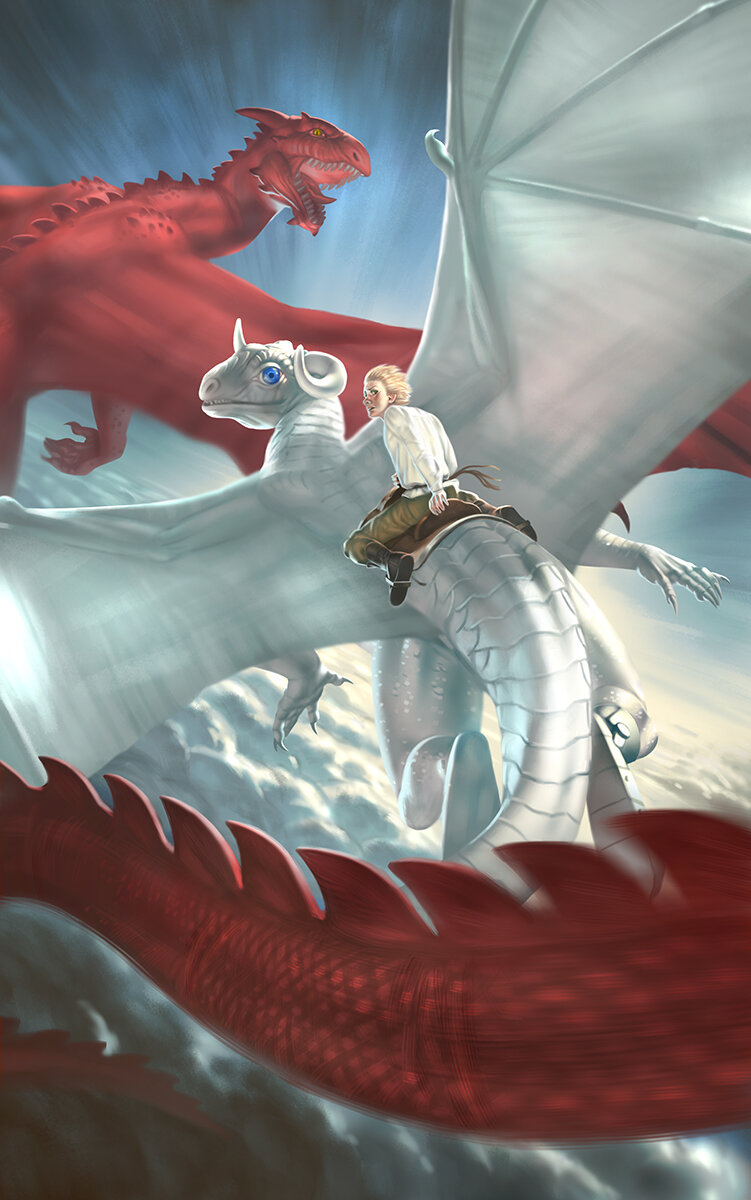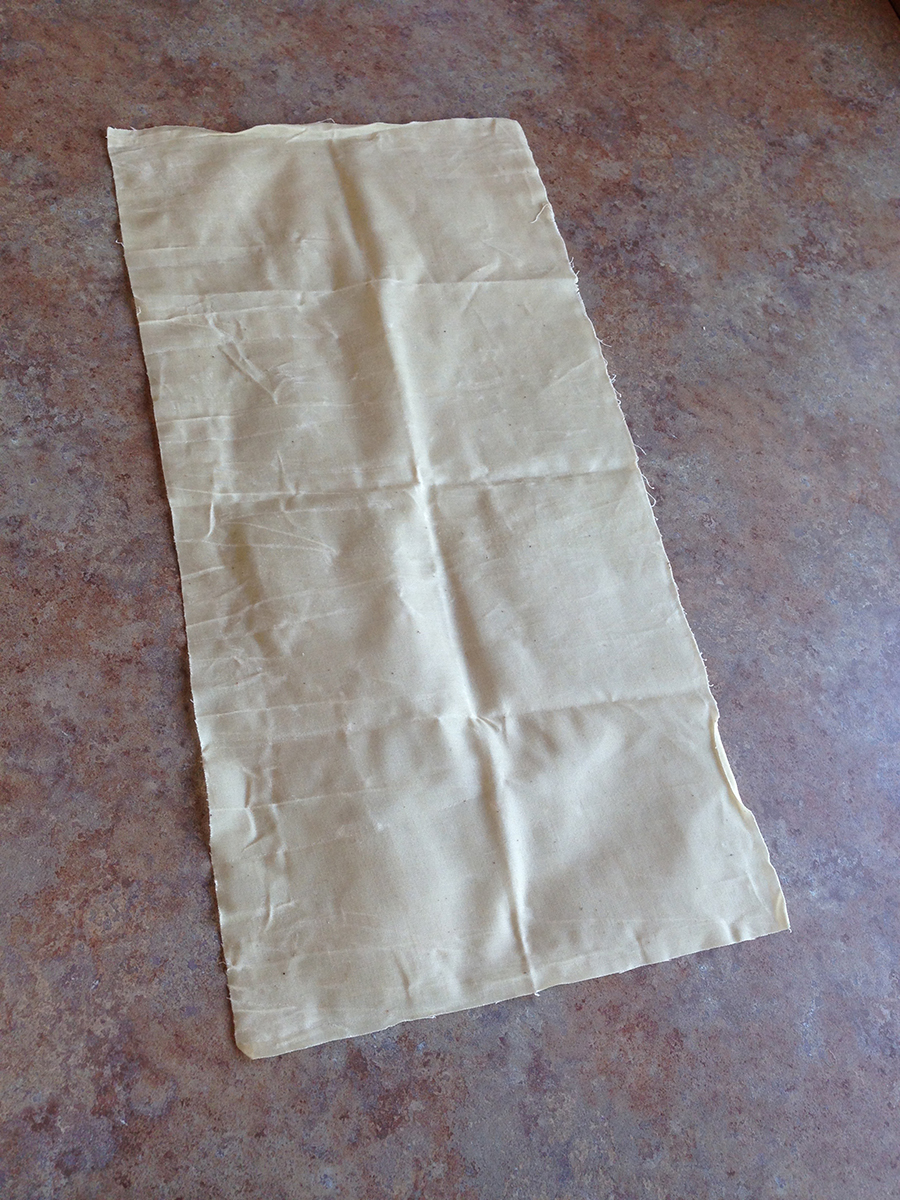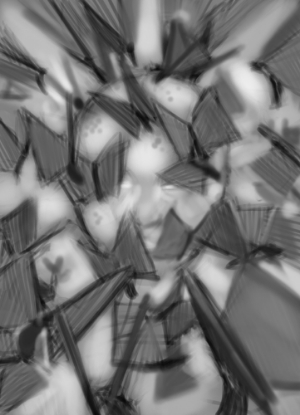Painting on a small scale opens up many creative possibilities! Even though matt board is not considered among the common surfaces for watercolor, it lends itself well for the task. Because I am working delicately with small-scale wet gradients, I don't have to worry about the board warping or fraying. Here is a tiny painting I made to illustrate a new character design: the Succulent Princess!
Painting is available on my Etsy store along with my other miniature artworks.
Music attribution:
Namaste by Audionautix is licensed under a Creative Commons Attribution 4.0 license. https://creativecommons.org/licenses/...
Artist: http://audionautix.com/




























